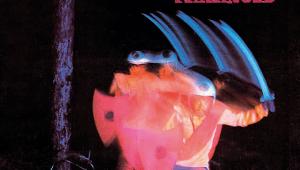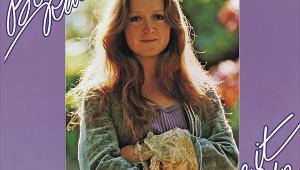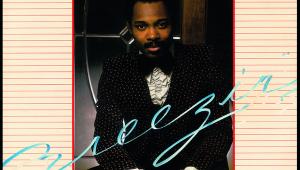Leonard Cohen: Songs Of... Page 2
After several months' recording, Hammond was replaced by John Simon, a development Cohen later explained away by claiming Hammond fell ill. Either way, the album had come to a standstill. 'Leonard felt like he was festering in the Chelsea Hotel', said Simon. 'He begged Columbia to assign another producer. That was me.'
![]()
This partnership with Simon proved more fruitful. Songs Cohen had laboured over for months finally came together in the space of a few weeks in October and November 1967, with help from the new producer's addition of backing vocals from Nancy Priddy. '"Suzanne" is gorgeous', Simon told American Songwriter. 'I love the track. The strings and the girls together with the vocal and guitar make a lush blanket of sound.'
![]()
Off The Rails
Other delicate accompaniments included session man Willie Ruff's sparing bass, plus strings, mandolin, flute, mouth harp, horns, electric organ and various European and Middle Eastern instruments. At the end of the album there's even a recorder, as Cohen's voice seems to veer completely off the rails on 'One Of Us Cannot Be Wrong'. Said Simon: 'I liked the humour and the undercurrent of ardent young lust. As for the questionable taste of the ending with the recorder, the whistle and Leonard screeching way up high, what can I say? We were young'.
Bare Essentials
Cohen remained unsure about the final results, and later told biographer Sylvie Simmons that at one point he even visited a hypnotist in pursuit of the intangible essence he felt had become lost in the production process. 'I wanted her to return me to the original impulse of the songs', he explained. Simon walked away after his work with the backing vocals and overdubbed arrangements, and allowed the artist to do the final mix of the album himself.
![]()
The accompaniments, while elegant and alluring in many places throughout the album, were just the icing on a ready-made cake. It was the artist's own playing style that gave The Songs Of Leonard Cohen its distinctive character. 'Though Leonard joked that he had only one "chop", he was a good guitarist', said Simon. 'He recorded "The Stranger Song" before we began, with that difficult, insistent triplet pattern that he had mastered with the fingers of his right hand. We used that triplet technique throughout.'
In the final analysis, the production and arrangements of Songs Of Leonard Cohen work because you don't notice them. It's the haunting atmosphere these songs are wreathed in, complementing a peerless blend of poetry and simple acoustic songcraft, that stands out.
Cohen had presented a package that looked, felt and sounded strikingly different to the rest of planet pop at that time. Just six months after The Beatles had wowed with Sgt Pepper's...' tapestry of sound, here was a suit-clad, 30-something intellectual stripping his music back to the bare essentials.
After debuting in December 1967, the album sold slowly but steadily, and over the following years Cohen's reputation grew to the point where he would become synonymous with a certain kind of confessional songwriting – the 'master of erotic despair'.
By the mid-'70s he was incorporating more sumptuous arrangements, and 1988's I'm Your Man saw his compositions swathed in contemporary soundwashes – yet there's something about the raw beauty of this debut album that was never surpassed.
















































